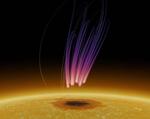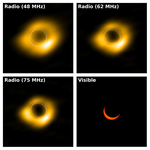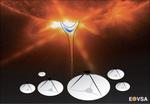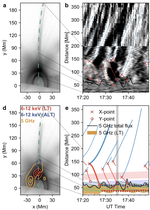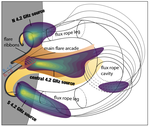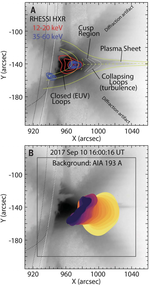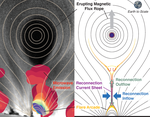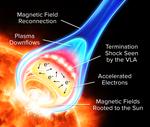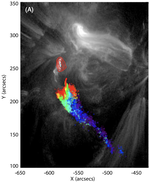Prof. Bin Chen
Professor of Physics
OVSA PI
Center for Solar-Terrestrial Research
Department of Physics
New Jersey Institute of Technology
Dr. Bin Chen is a Professor of Physics at the New Jersey Institute of Technology. His research focuses on solar flares and coronal mass ejections, the largest explosions in the solar system that can affect our Earth and near-Earth environment, known as Space Weather. He utilizes novel radio and multi-wavelength observing techniques to study physical processes underlying these catastrophic energy release events. He is also keen in developing new radio instrumentation for solar and space weather studies.
He serves as the Principal Investigator of the Owens Valley Solar Arrays (OVSA). OVSA is an NSF-funded community facility under the Geospace Facilities Program of the Division of Atmospheric and Geospace Sciences. It consists of the Expanded Owens Valley Solar Array (EOVSA) as well as the solar and space weather aspects of the Long Wavelength Array at the Owens Valley Radio Observatory (OVRO-LWA). He is currently leading a NSF-funded project (AGS-2320478) to upgrade EOVSA to EOVSA-15, which will expand it to a 15-antenna array and enable the new capability of broadband imaging spectropolarimetry.
He was the recipient of AAS Solar Physics Division’s Karen Harvey Prize in 2023, the National Science Foundation’s CAREER Award in 2017, and the NASA/UCAR Jack Eddy Fellowship in 2013. He served as a Committee Member of the Solar Physics Division of the American Astronomical Society (2019–2021). He has recently served on the Solar & Heliophere Panel of the NASEM 2024-2033 Solar & Space Physics Decadal Survey. At NJIT, he serves as the Director of the Applied Physics Graduate Program (2020–present). His research is funded by multiple grants from NSF and NASA, totaling several million US dollars as PI.
Inquiries on potential Ph.D. or postdoctoral positions are always welcome. Please contact him by email.
Download his Curriculum Vitae.
- Solar Flares
- Corona Mass Ejections
- Space Weather
- Magnetic Reconnection
- Particle Acceleration
- Radio Astronomy and instrumentation
-
PhD in Astronomy, 2013
University of Virginia
-
MS in Astrophysics, 2008
University of Chinese Academy of Sciences
-
BS in Physics, 2005
Peking University
Recent News
Research Projects
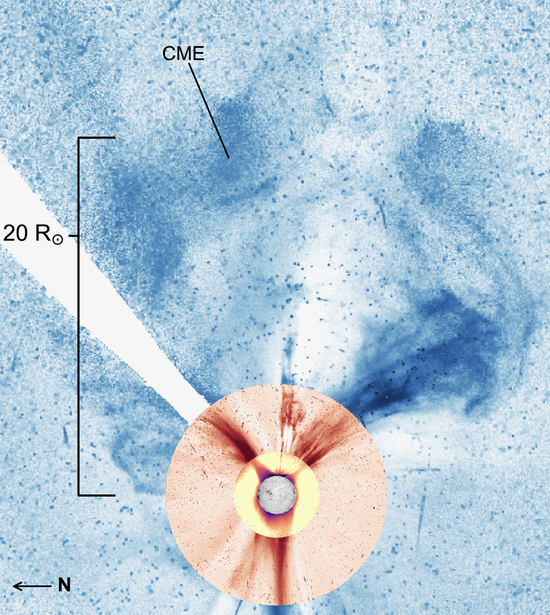
Coronal Mass Ejections
Large eruptions on the Sun and main drivers of Space Weather
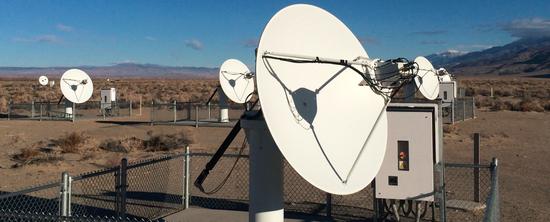
Instrumentation
Develop and commission new instrumentation for solar astronomy
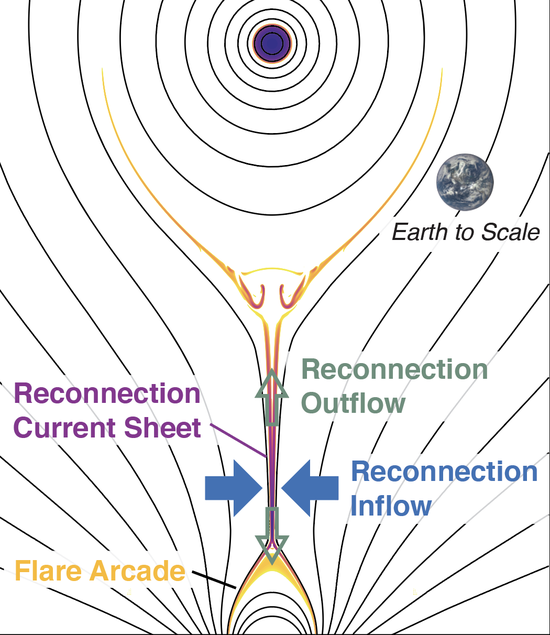
Magnetic Reconnection
The fundamental process for releasing magnetic energy
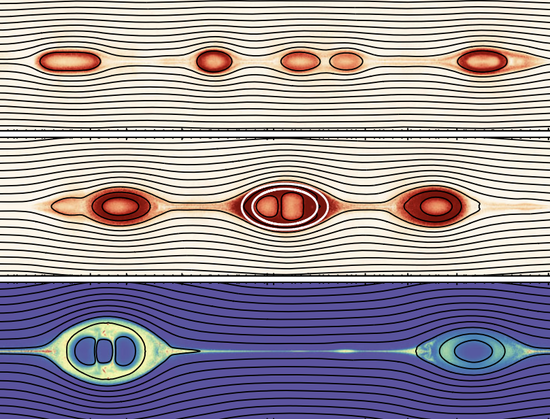
Particle Acceleration
Mechanisms for accelerating particles to high energies

Shocks and Waves
Shocks and Waves on the Sun
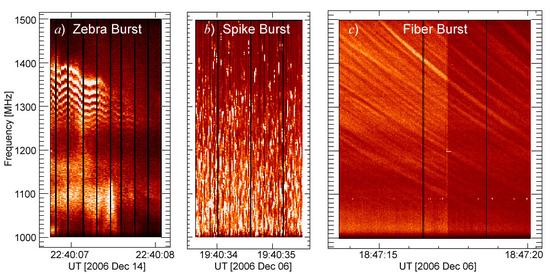
Solar Radio Bursts
Origin of intense radio bursts that affect GPS reception
Research Blog
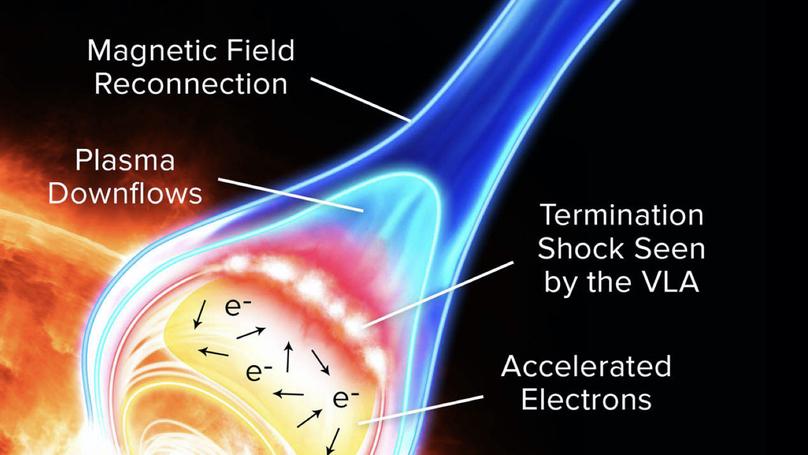
A series of studies using data from the Karl G. Jansky Very Large Array have revealed a special type of shocks, called “termination shocks”, as an outstanding candidate for particle acceleration in the core solar flare region.
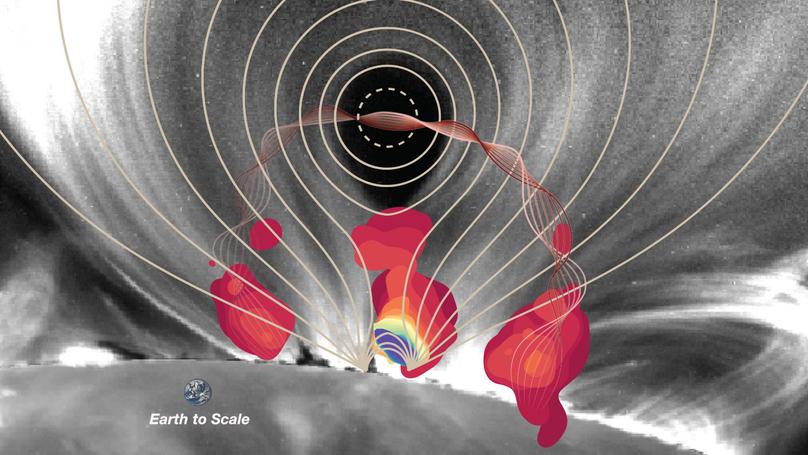
Our new study published in Nature Astronomy reports unprecedented measurements of the magnetic field and relativistic of a large-scale magnetic reconnection current sheet – the “central engine” that powers the mega solar flare on 2017 September 10. Click links below for featured stories by funding agencies, institutions, and media outlets.
Featured Publications
Publication List
Check this SAO/NASA ADS Library for comprehensive list
Contact
- (+1) 973-596-3565
- 161 Warrent St, 101 Tiernan Hall, Newark, NJ 07102
- DM Me
